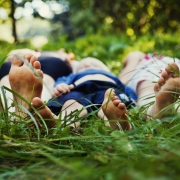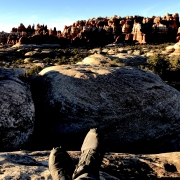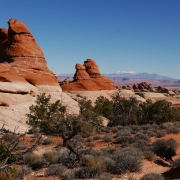Friday Waypoints- 6/14/19
What I’m Reading
“Changing Body Composition through Diet and Exercise” by Michael Ormsbee, Ph.D.
I’m actually listening to this book on Audible. I’m on the road a lot and I spend most of this time listening to books. Ormsbee writes, “Improving body composition by losing body fat and optimizing lean is not about vanity –it’s about health.”
This book is not about losing weight. It’s about decreasing the amount of body fat in your body and it’s about insuring that you do not lose muscle mass. I like this approach because I do not want to lose weight. My BMI puts me in the overweight category, but that’s because I work out and exercise regularly. I realized years ago that you begin losing muscle mass as you age and I have worked very hard to maintain and grow muscle. I “preach” to clients, “You need to work at becoming stronger as you age.” Maintaining your lean muscle mass is one way of do this. Ormsbee does a very good job explaining the basics of nutrition and puts the focus on the right things.
What Are You Listening To?
Apple Music is introducing me to new music and helping me stay in touch with my favorites. Just hit the “For You” tab on the app and you get the option of “New Music Mix,” “Favorites Mix,” and “Chill Mix.”
Don’t underestimate the power of music in your life. Recently, I’ve been utilizing the Mindfulness Meditation that encourages you to “Step in the Feeling.” This could include “stepping into the sadness.” Most of us DO NOT like listening to “sad” music, but there can be something therapeutic about purposely sitting during a mindfulness session and “stepping into sadness” while listening to sad music.
Of course, listening to “happy and upbeat” music is important too! I’m listening to some past favorites right now and this music is conjuring up many memories associated with that music. Let music by thy medicine.
Families Want to Get Along
One of the reasons I love what I do is the desire that most families have to get along. They want to end the conflict. They come to me hoping that I can help and many times I can.
Raising teenagers is not easy! Teenagers are under a lot of pressure! Neither Parents not teens want to fight and when I see them years later, they scratch their heads and wonder why there was so much conflict.
This week, I witnessed a wonderful family following the “therapeutic map” that I laid out before them. I saw them all working together. And they left with smiles on their face because they saw something work. It keeps my compass pointed toward “True North.”











